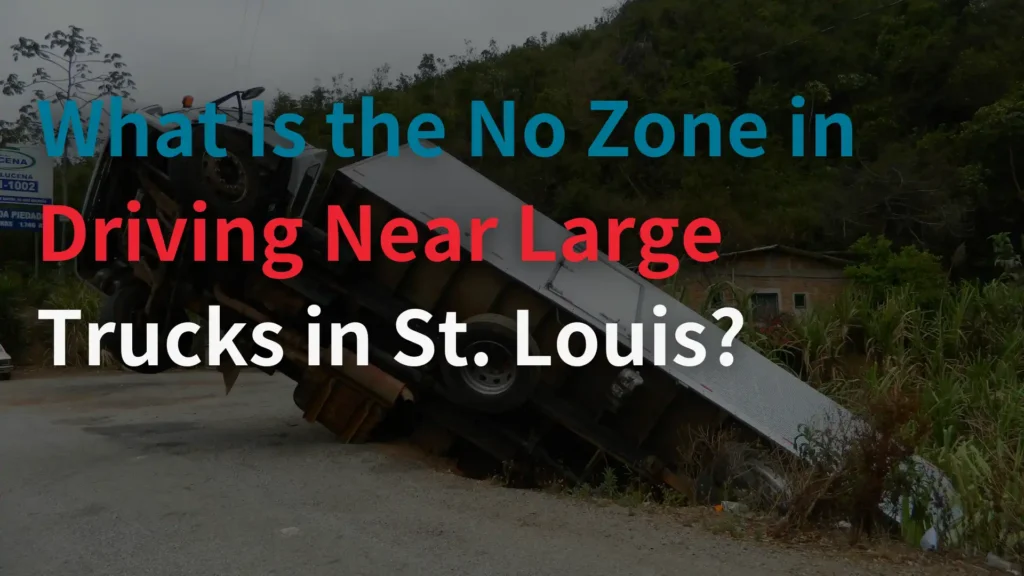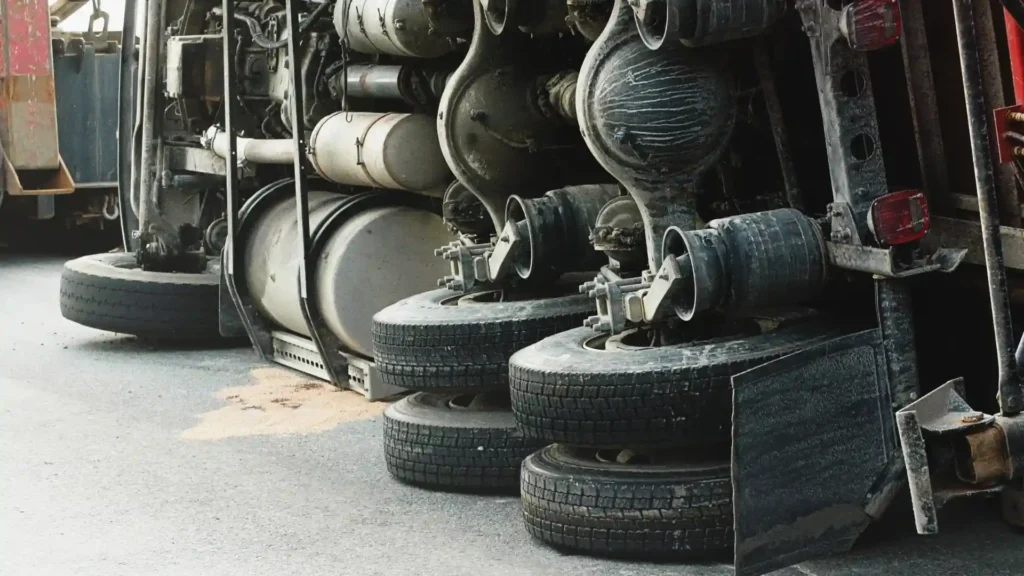 What is the no zone in driving? Large truck accidents often leave victims with catastrophic injuries, resulting in significant medical bills and long recovery periods. While there are many causes of truck accidents, one of the most common is a truck’s “no zones.” It is essential to understand what no zones are, how they contribute to accidents, and how to keep yourself safe when near these large vehicles.
What is the no zone in driving? Large truck accidents often leave victims with catastrophic injuries, resulting in significant medical bills and long recovery periods. While there are many causes of truck accidents, one of the most common is a truck’s “no zones.” It is essential to understand what no zones are, how they contribute to accidents, and how to keep yourself safe when near these large vehicles.
Because of their size, tractor-trailer trucks have significant blind spots, known as no zones. When you’re in these zones, the truck driver can’t see you, which is a dangerous position to be in. If a truck driver doesn’t realize you’re in one of their no zones, they may do something like merge into you, causing a collision.
Trucks have four no zones that other motorists should be aware of:
One of the most common ways no zones contribute to large truck accidents is when truck drivers don’t see smaller vehicles when turning. This applies to both left and right turns, but since the no zone on the right side is larger, it can be even harder for truckers to see cars, cyclists, and pedestrians on that side.
Tractor-trailers need to make wide turns because of their length. However, this means that when the truck moves to the side before turning, people can enter the no zone without the truck driver’s knowledge. Then, when the truck makes the turn, those in the no zone are at risk of being crushed under the trailer.
When making left turns, other vehicles are typically in danger. However, right turns pose a substantial risk to cyclists and pedestrians. Cyclists and pedestrians should always avoid a truck’s right side no zone near an intersection. It’s very easy to get knocked over and dragged under the trailer in this spot.
The best way to keep yourself safe when around large trucks is to follow these three safety tips:
 If no zones played a role in your large truck accident, the driver’s insurance company or lawyers may try to claim that you’re partially at fault for your injuries. They may claim you shouldn’t have been in the driver’s blind spot. This can negatively impact your case due to Missouri’s pure comparative fault statute. Learn if Missouri is a pure comparative negligence state from our other blog.
If no zones played a role in your large truck accident, the driver’s insurance company or lawyers may try to claim that you’re partially at fault for your injuries. They may claim you shouldn’t have been in the driver’s blind spot. This can negatively impact your case due to Missouri’s pure comparative fault statute. Learn if Missouri is a pure comparative negligence state from our other blog.
Under pure comparative fault, your compensation could be reduced by your degree of fault. For example, if you’re 20 percent at fault for the accident, you can only recover 80 percent of your sought compensation.
For this reason, it’s essential that you hire an experienced truck accident attorney who will push back against the opposition’s claims. Being in a truck’s blind spot doesn’t mean you’re partially at fault for an accident the truck driver caused. A skilled lawyer will gather various pieces of evidence that demonstrate how the truck driver’s negligence is what actually caused the accident and your injuries.
If you suffered an injury in a collision with a large truck in St. Louis, Missouri, understanding the role the truck’s no zones could have played in the accident is vital for your case. By showing that the truck driver didn’t take steps to make sure their no zones were clear, you and your attorney can hold them financially liable for your injuries.
Call Goldblatt + Singer at (314) 231-4100 or contact us online for a free consultation with an experienced St. Louis truck accident lawyer. We’ll review your case, explain your legal options, and help you develop a strategy for seeking the compensation you deserve. Check out our notable cases to know why you can trust our law firm!
What to Do After an Amazon Truck Accident in St. Louis
How Do Large Truck Accident Investigations Work?